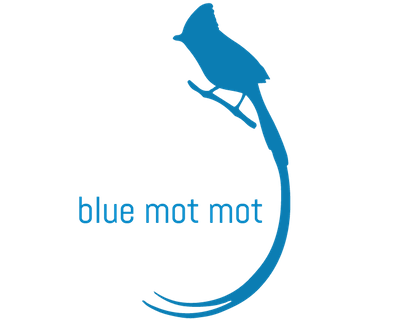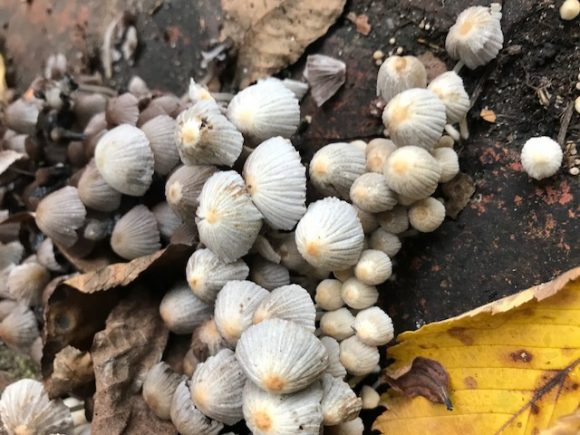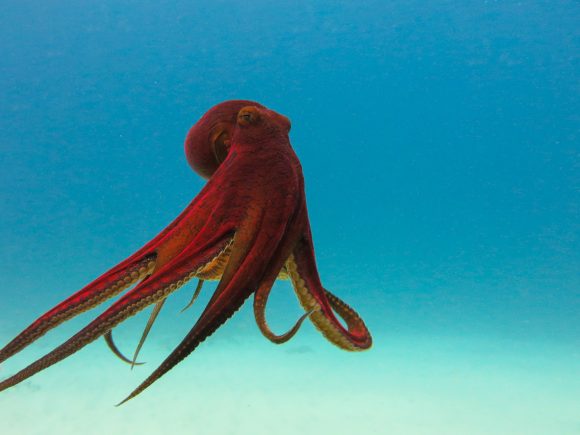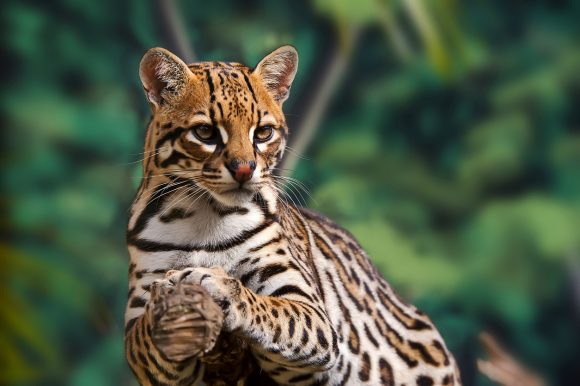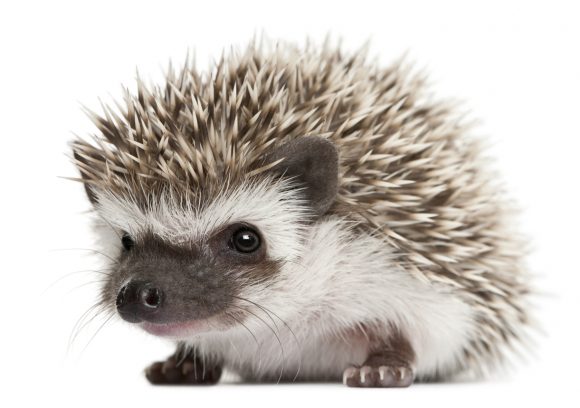Well, this is disturbing. The Guardian reports that over the past 25 years, 75% of all flying insects in German nature reserves have disappeared. While it’s not certain if this finding holds true worldwide, it has caused a number of scientists to reflect, “you know, it’s been a long time since my windshield was covered in bug splatters.”
In fact, we may not even need this book anymore: That Gunk on Your Car: A Unique Guide to the Insects of North America. That’s a real shame, not only because it’s incredible that anyone wrote that book, but also because the entire ecosystem depends on insects for food and pollination.
For a lengthier discussion of the same German study (and, in my opinion, a better graphic on the insect population decrease), you may also be interested in this Science Magazine article. Who knew I would one day be getting all misty-eyed for bug splatter?
